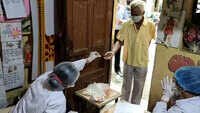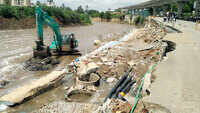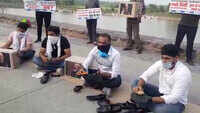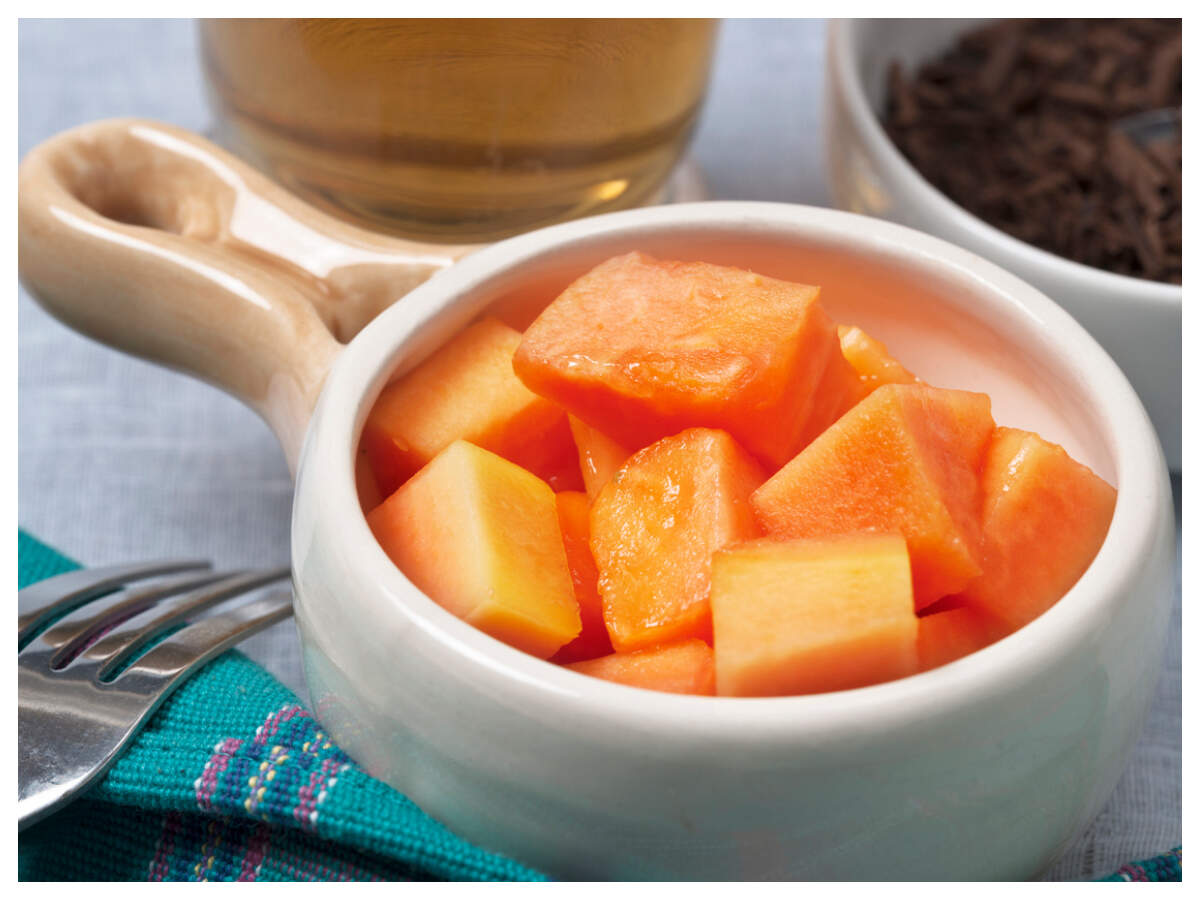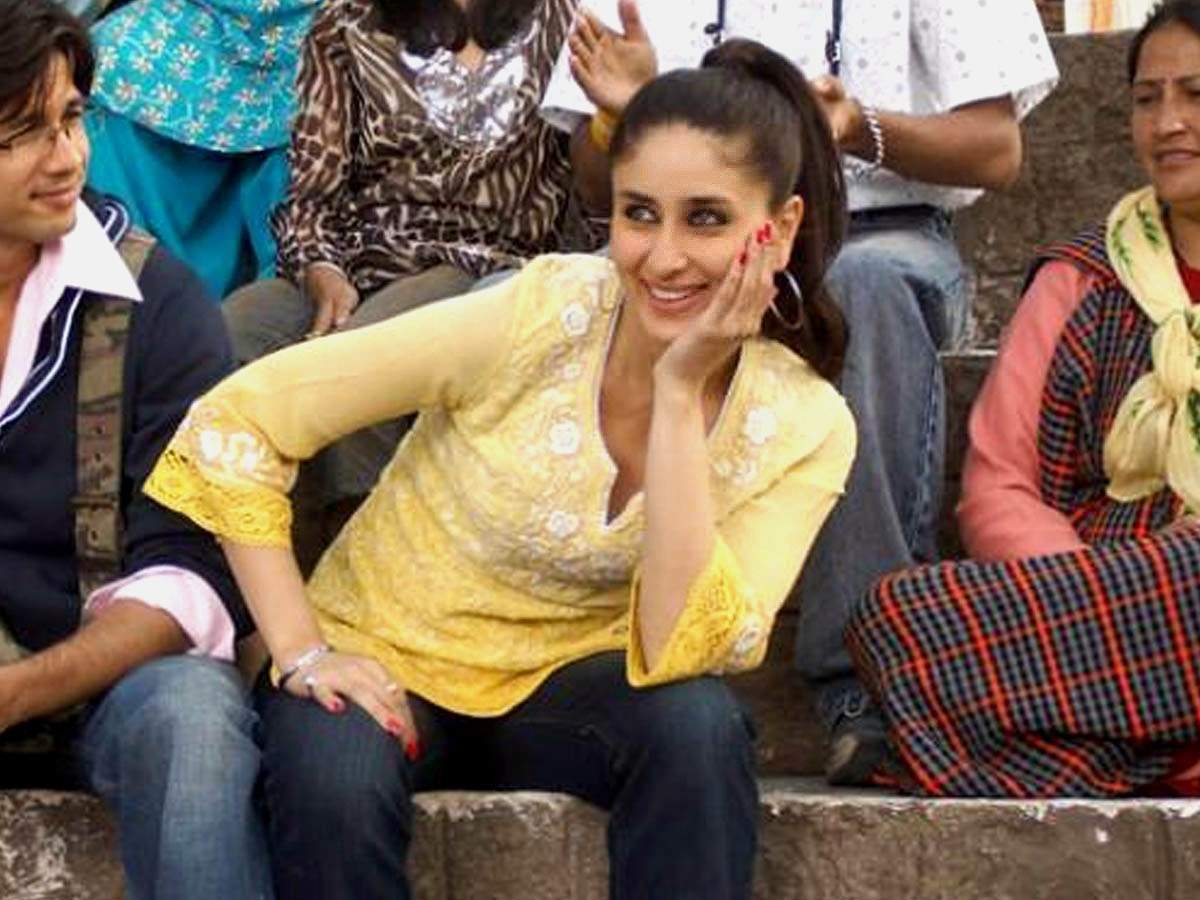
ROHTAK: Kapur Singh Rathee, an 82-year-old retired Subedar from the Army was at Galwan valley on the India-China border when war was announced in 1962.
A resident of Garauthi village in the district, Kapur Singh said he cannot forget those 17 months of the Sino-Indian war of 1962 when he was out of touch with his family.
“Communication was not so good in those days so I could not send a letter to my family members back in the village due to my posting in the hilly region,” he said.
Finally, when Kapur Singh went back to his village, people told him that they thought he had died in the war. When they were ordered to advance in the Ladakh sector, Kapur Singh was a sepoy in the Indian Army posted at Uri sector in 5 Jat regiment.
“One of our battalions was sent to Galwan valley, the other one to Hot Spring point and one was kept at Phobrang area of the Ladakh region to combat the enemy advancing on our land,” he said.
Though Indian troops were physically stronger than their Chinese counterparts, the latter had superior quality guns and ammunition, had the advantage of numbers at high altitude and were also native to the hilly region, he said. According to him, the Indian soldiers were freezing cold in the extreme weather while the Chinese were comfortable.
In the high altitude battle zones, even food and water were luxuries. On one occasion, they got food after 10 days of tracking in the hilly region. On being asked about his feelings on the Sino-Indian clash in Galwan valley, Kapur Singh said India has considerably improved its armaments and military power over the last six decades.
“If we are not ahead of China in military power, we are no less than them in the defence sector,” he asserted, adding that the sacrifice of 20 soldiers would not go in vain.
A resident of Garauthi village in the district, Kapur Singh said he cannot forget those 17 months of the Sino-Indian war of 1962 when he was out of touch with his family.
“Communication was not so good in those days so I could not send a letter to my family members back in the village due to my posting in the hilly region,” he said.
Finally, when Kapur Singh went back to his village, people told him that they thought he had died in the war. When they were ordered to advance in the Ladakh sector, Kapur Singh was a sepoy in the Indian Army posted at Uri sector in 5 Jat regiment.
“One of our battalions was sent to Galwan valley, the other one to Hot Spring point and one was kept at Phobrang area of the Ladakh region to combat the enemy advancing on our land,” he said.
Though Indian troops were physically stronger than their Chinese counterparts, the latter had superior quality guns and ammunition, had the advantage of numbers at high altitude and were also native to the hilly region, he said. According to him, the Indian soldiers were freezing cold in the extreme weather while the Chinese were comfortable.
In the high altitude battle zones, even food and water were luxuries. On one occasion, they got food after 10 days of tracking in the hilly region. On being asked about his feelings on the Sino-Indian clash in Galwan valley, Kapur Singh said India has considerably improved its armaments and military power over the last six decades.
“If we are not ahead of China in military power, we are no less than them in the defence sector,” he asserted, adding that the sacrifice of 20 soldiers would not go in vain.
Quick Links
Kerala Coronavirus Helpline NumberHaryana Coronavirus Helpline NumberUP Coronavirus Helpline NumberBareilly NewsBhopal NewsCoronavirus in DelhiCoronavirus in HyderabadCoronavirus in IndiaCoronavirus symptomsCoronavirusRajasthan Coronavirus Helpline NumberAditya ThackerayShiv SenaFire in MumbaiAP Coronavirus Helpline NumberArvind KejriwalJammu Kashmir Coronavirus Helpline NumberSrinagar encounter
Get the app

